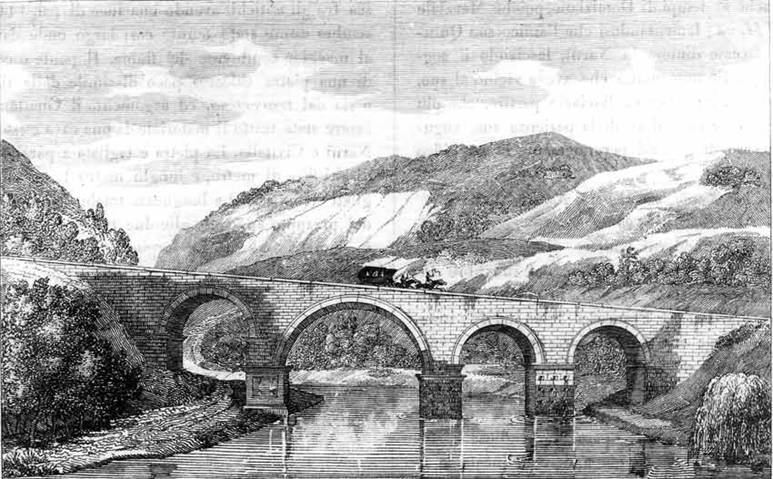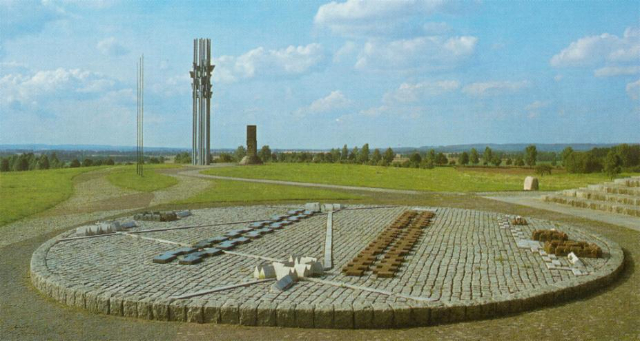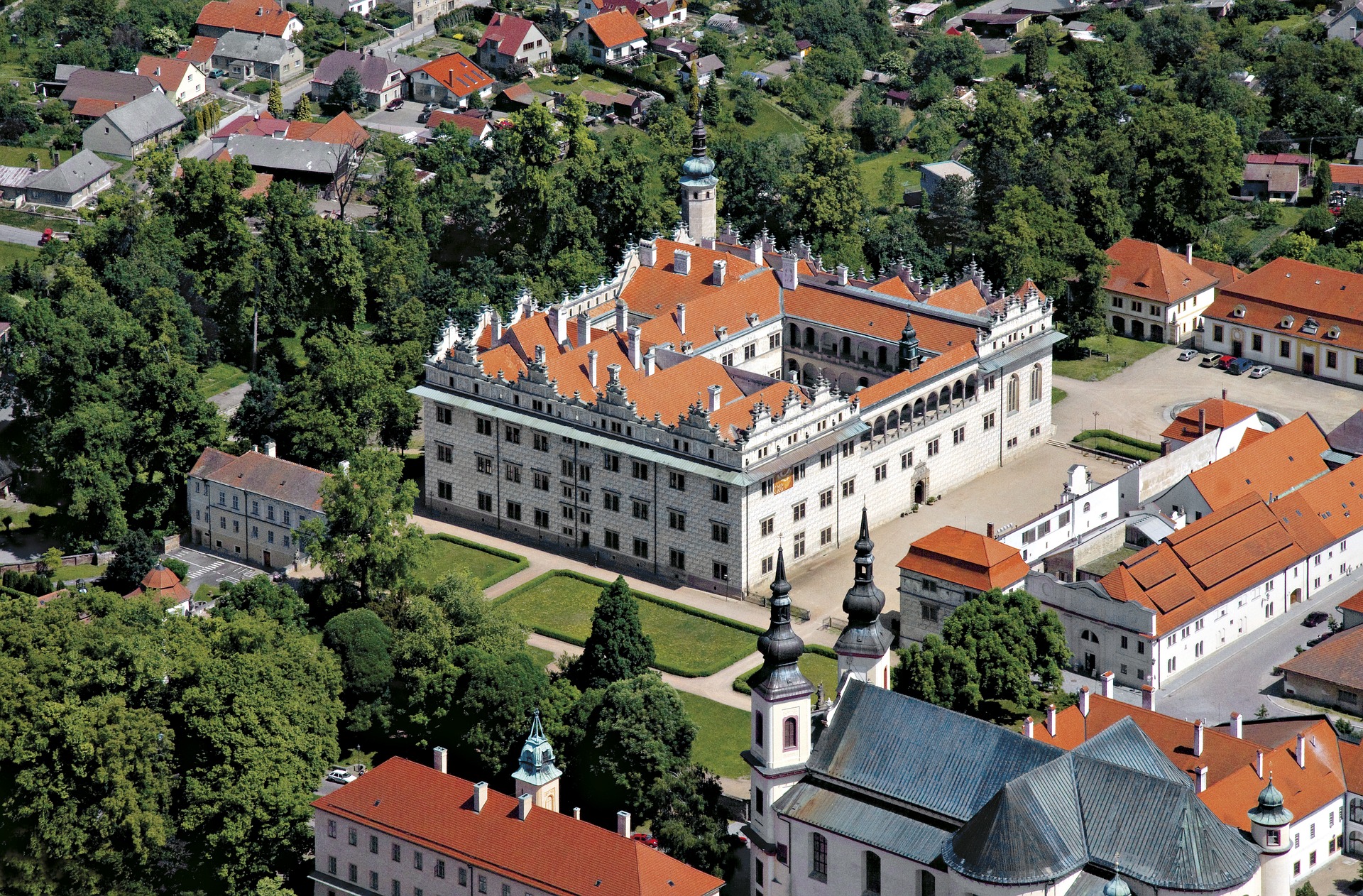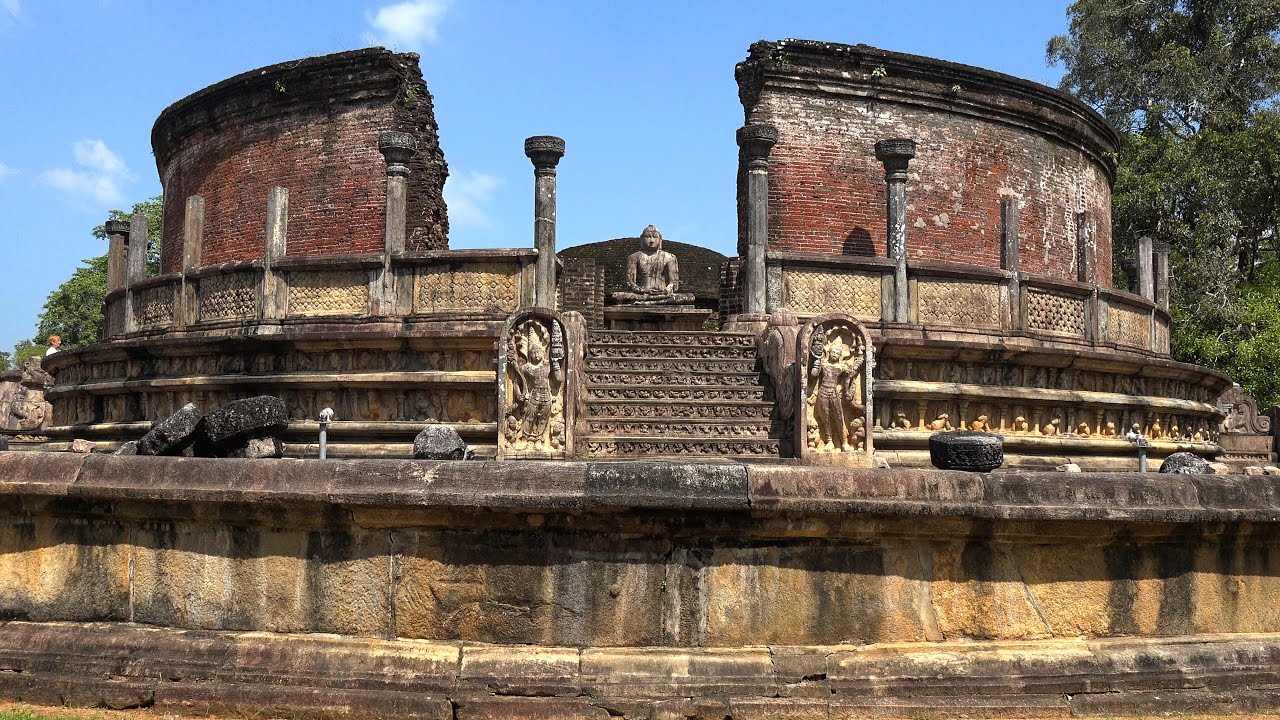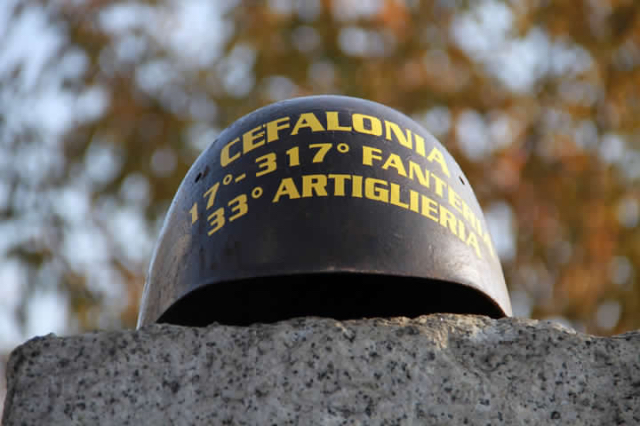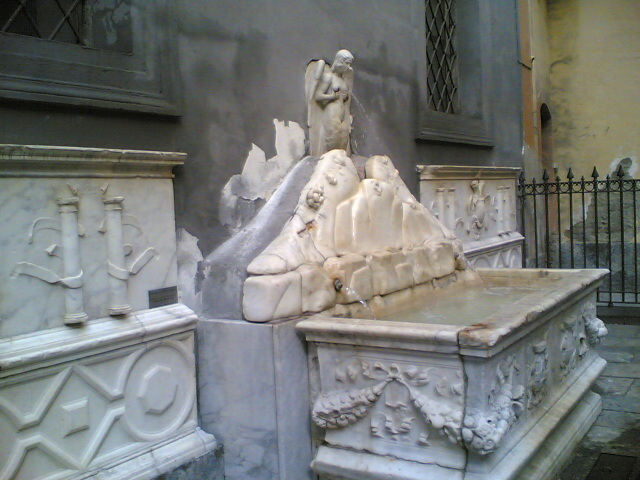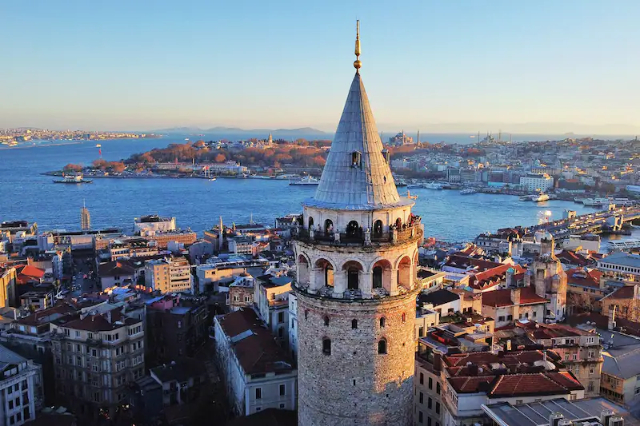he bridge was built around 27 B.C. in connection with the rearrangement and upgrading of the Via Flamina undertaken by Emperor Augustus. Placed just before the entrance to the Nera River in the narrow gorges between the spur on which the city of Narni stands and Mount Santa Croce, it is an important testimony to the Roman Golden Age. Of the Augustus Bridge the first great arch, an imposing and monumental ruin, and a few further elements in the riverbed reduced to fragments by repeated collapses, are preserved today. The original form was four arches of different span. The roadway, with two carriageways and sidewalks must have run more than 30 meters above the river level, the width must have been about 8 meters and the length about 130 meters. The relationship between the two dimensions immediately shows a strong vertical development that generates the effect of great grandeur that still characterizes the ruins today. The bridge is built with large squared and rusticated travertine blocks placed end to end according to Roman building techniques.
A severe earthquake in 847 damaged the bridge, and later a great flood in 1053 caused it to fall, from which time it is recorded in the sources as ruptum or dirutus.
The last ruinous failure occurred in the late afternoon of Tuesday, July 14, 1885. The "ruined" bridge has also had its fortune: travelers and vedutists have portrayed it in numerous "views" (over 50 are currently known) especially in the eighteenth and nineteenth centuries, as it was included in the Grand Tour itineraries. Traffic, accessibility, trade, knowledge of new cultures, innovation: this is what this great bridge connected to the Flaminian Consular Road produced over time before it became an exceptional open-air archaeological find.
From Piazza dei Priori it is possible to reach the Augustus Bridge on foot from Via Mazzini, or by ‘car go in the direction of Narni Scalo, then turn right having reached the locality Tre Ponti and follow the signs.
